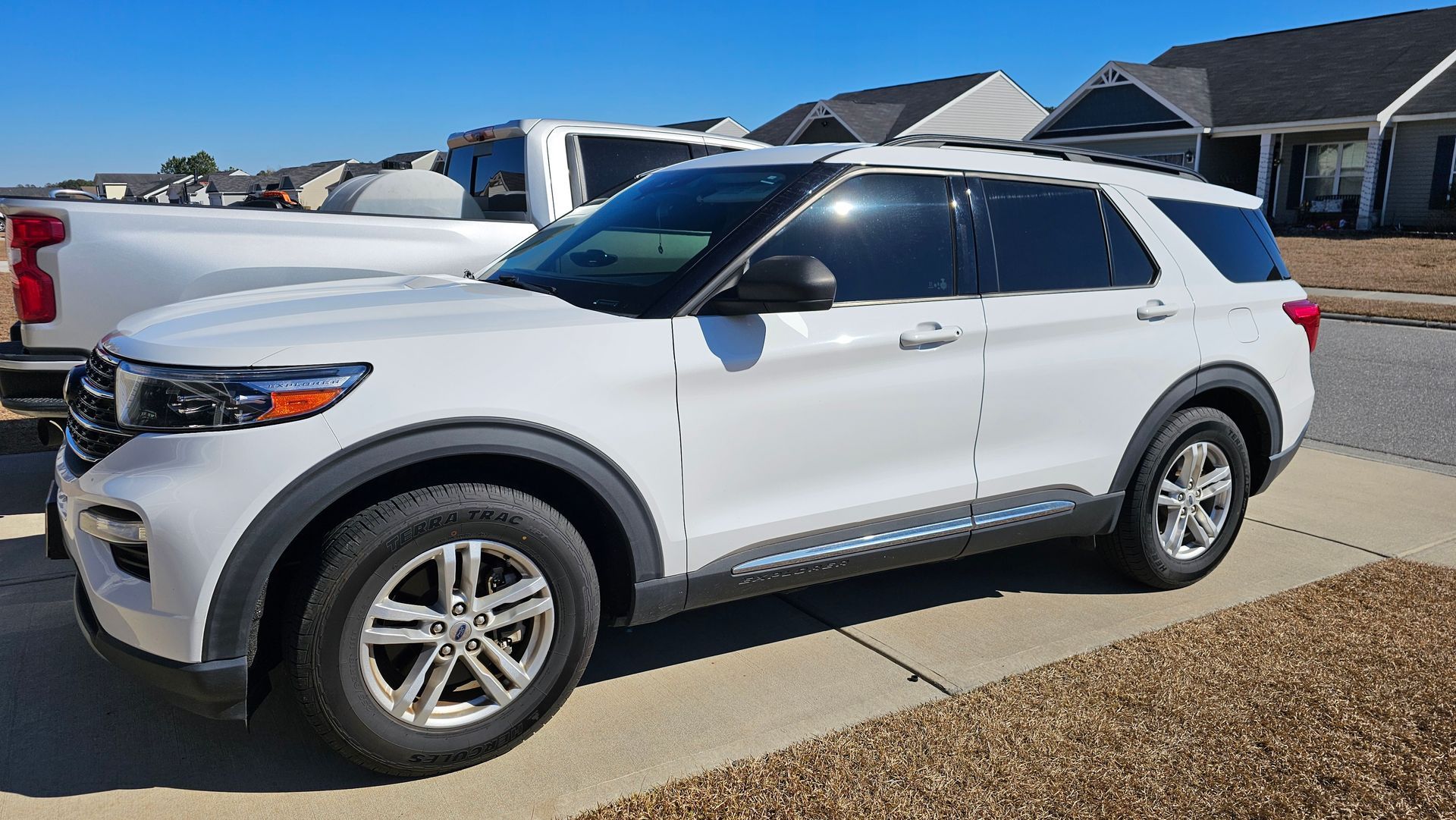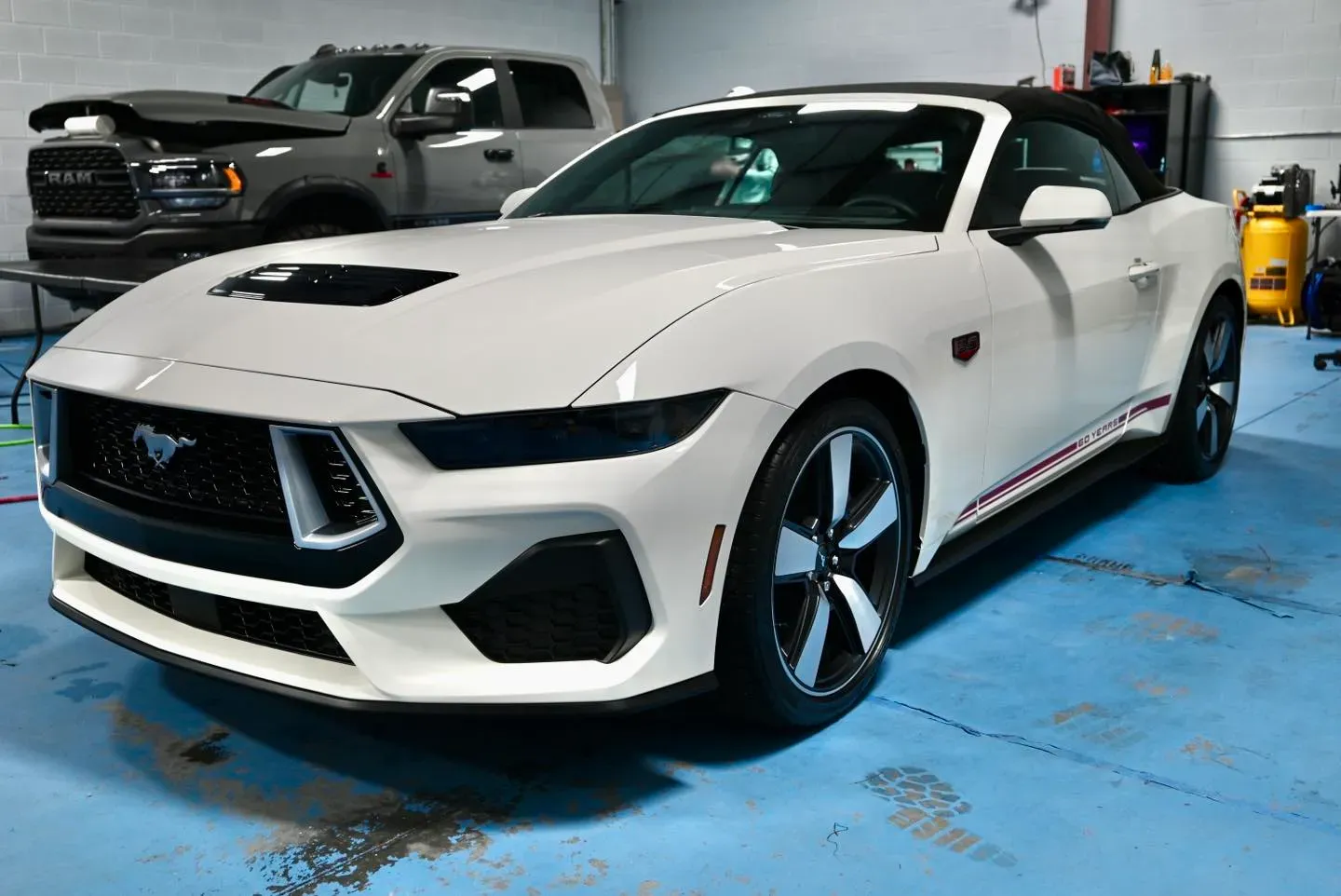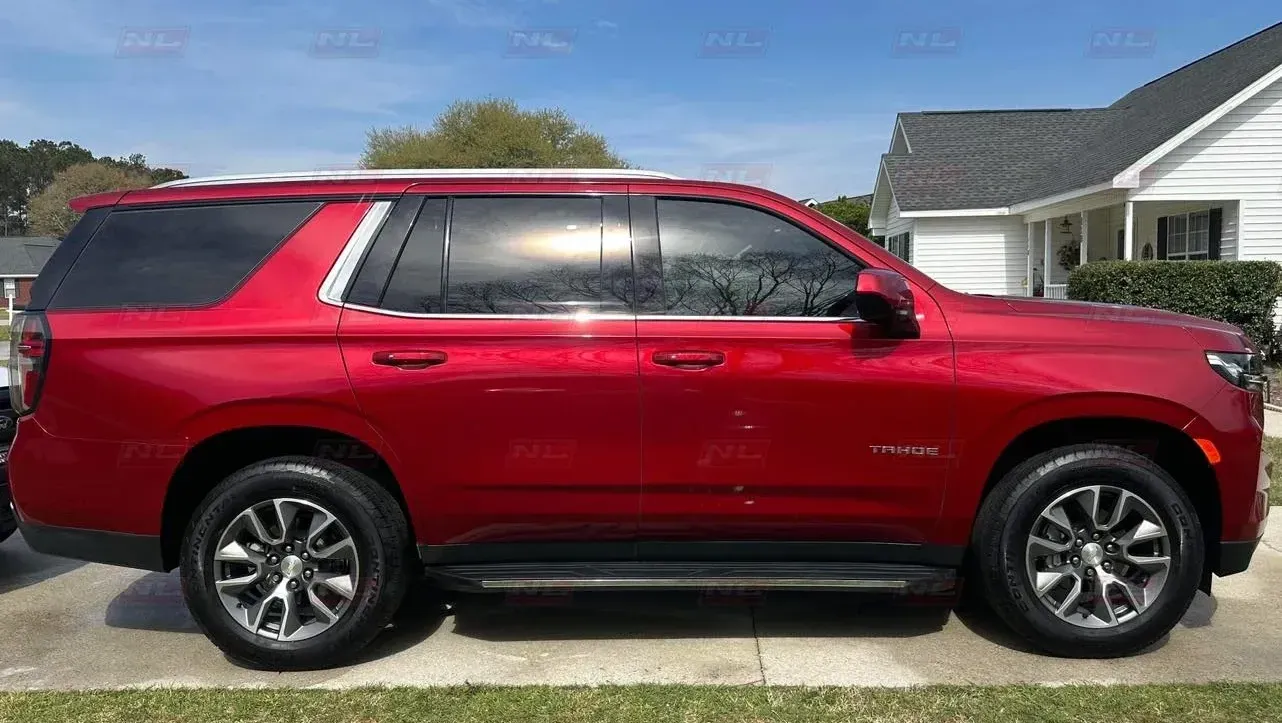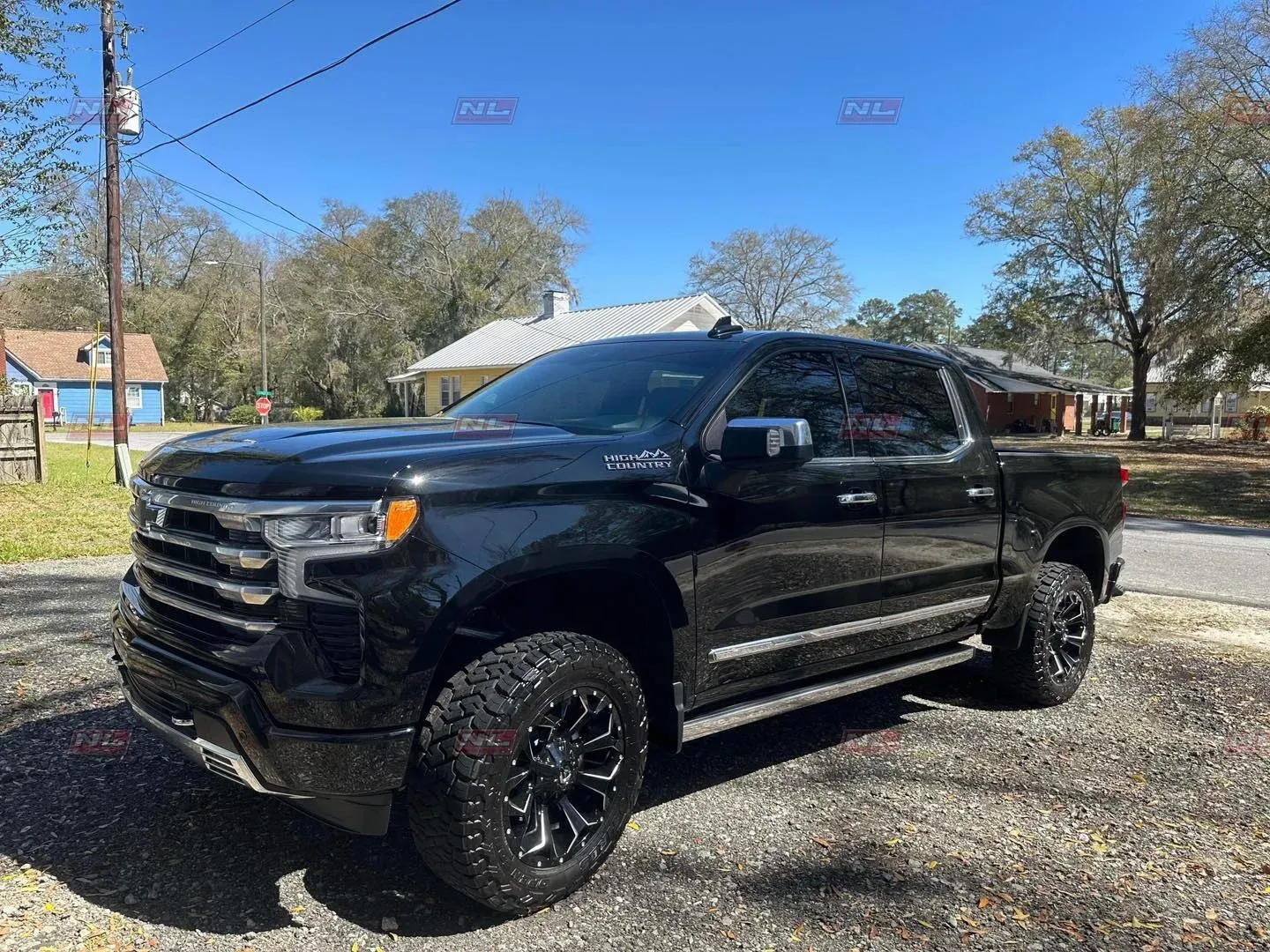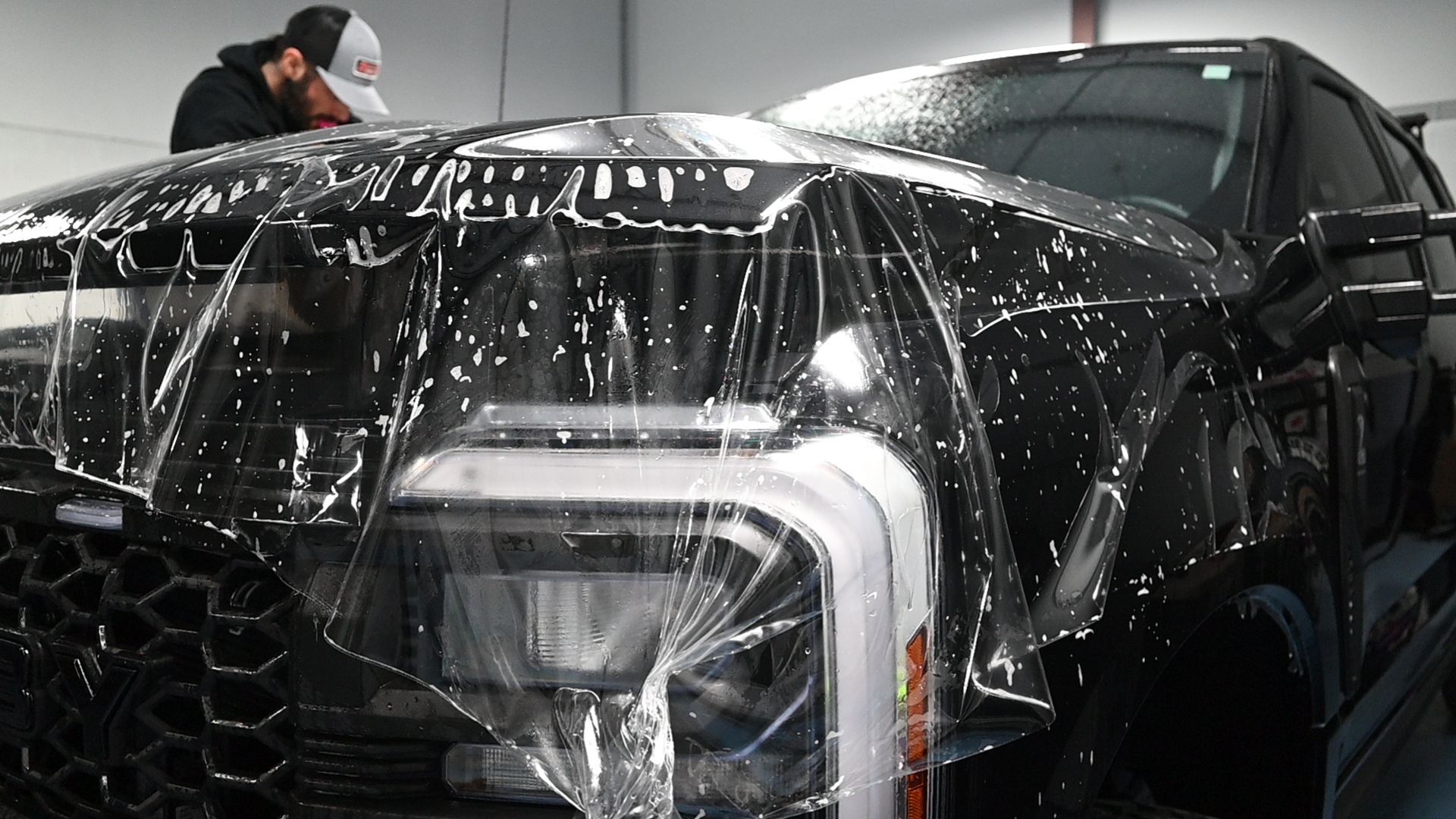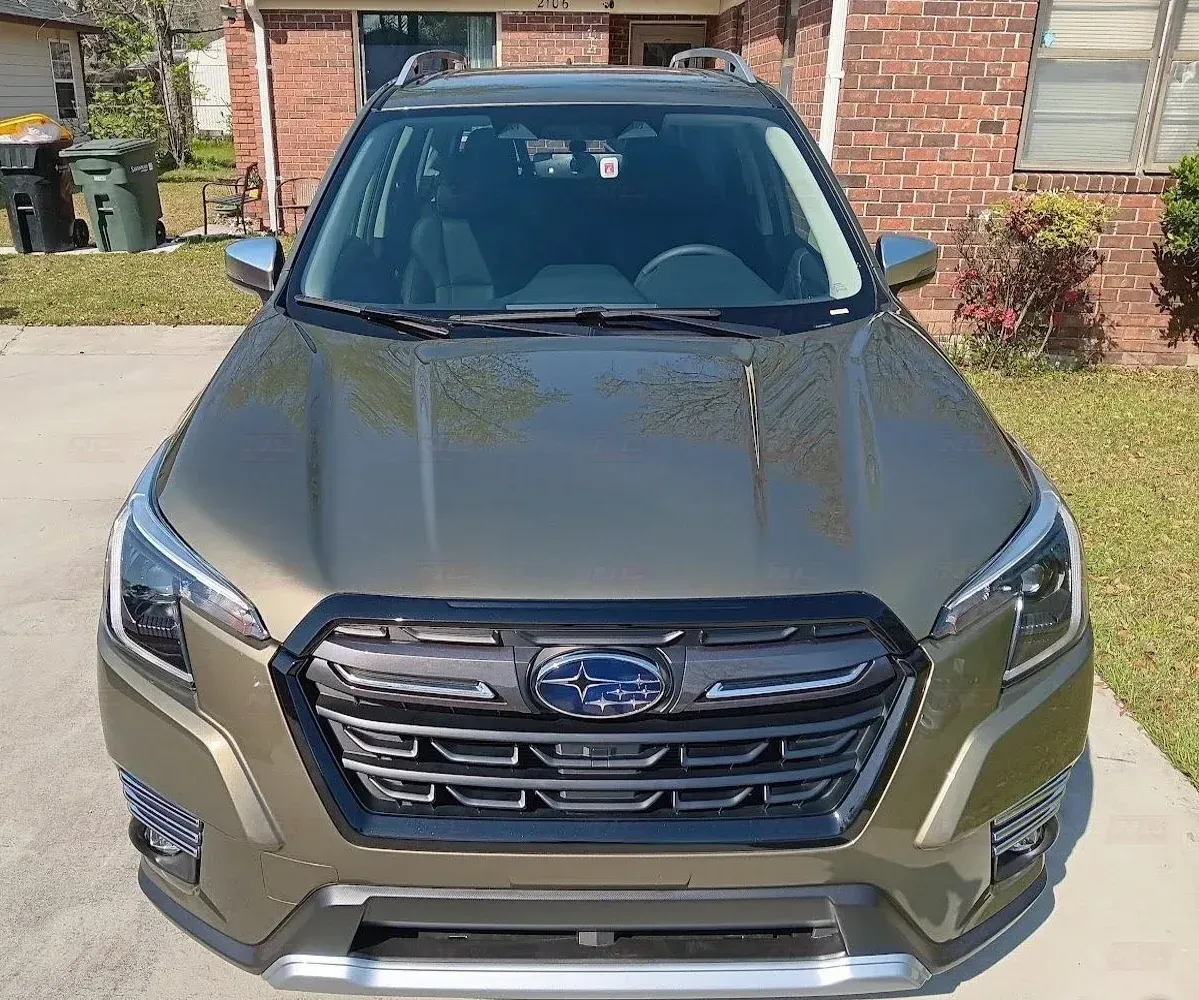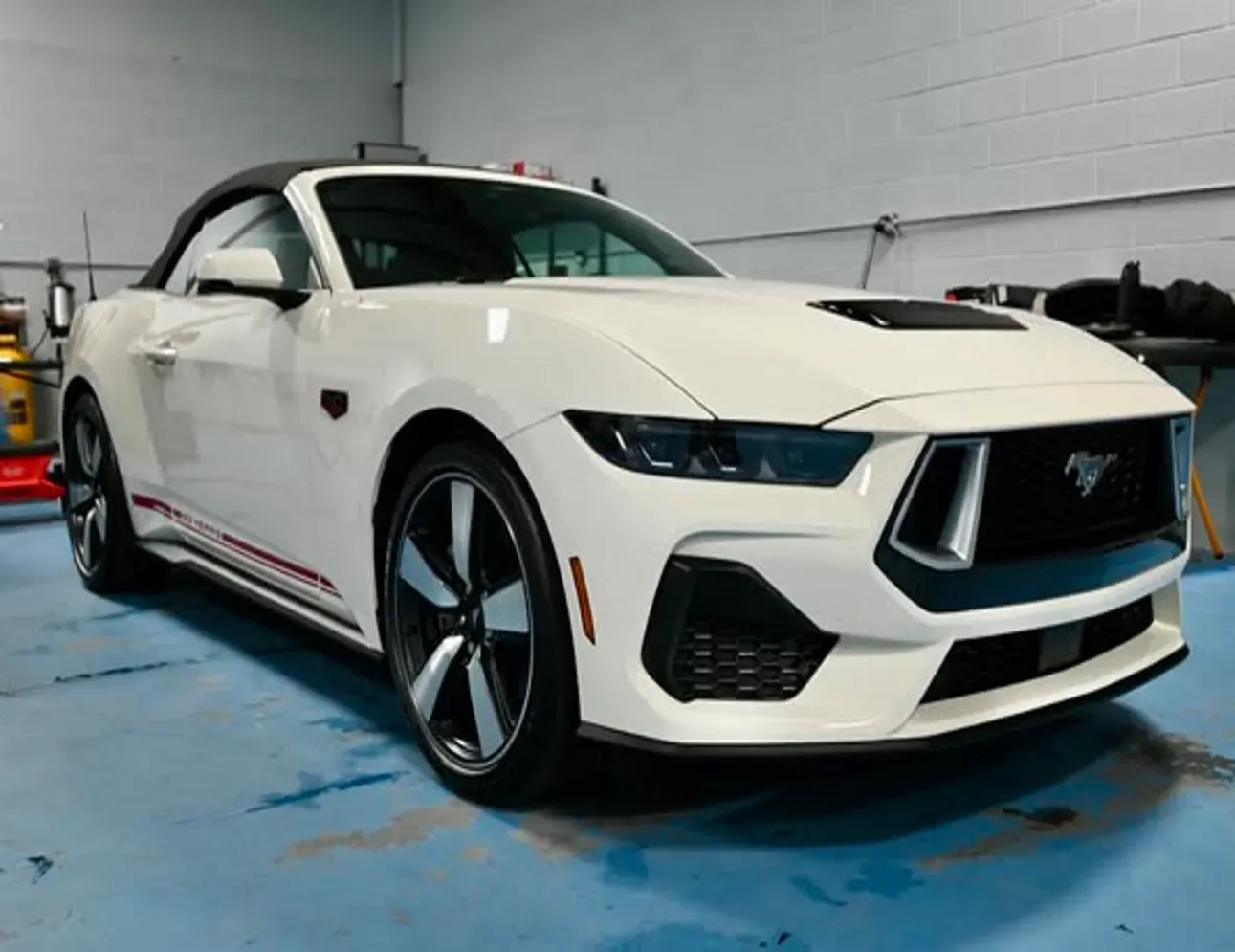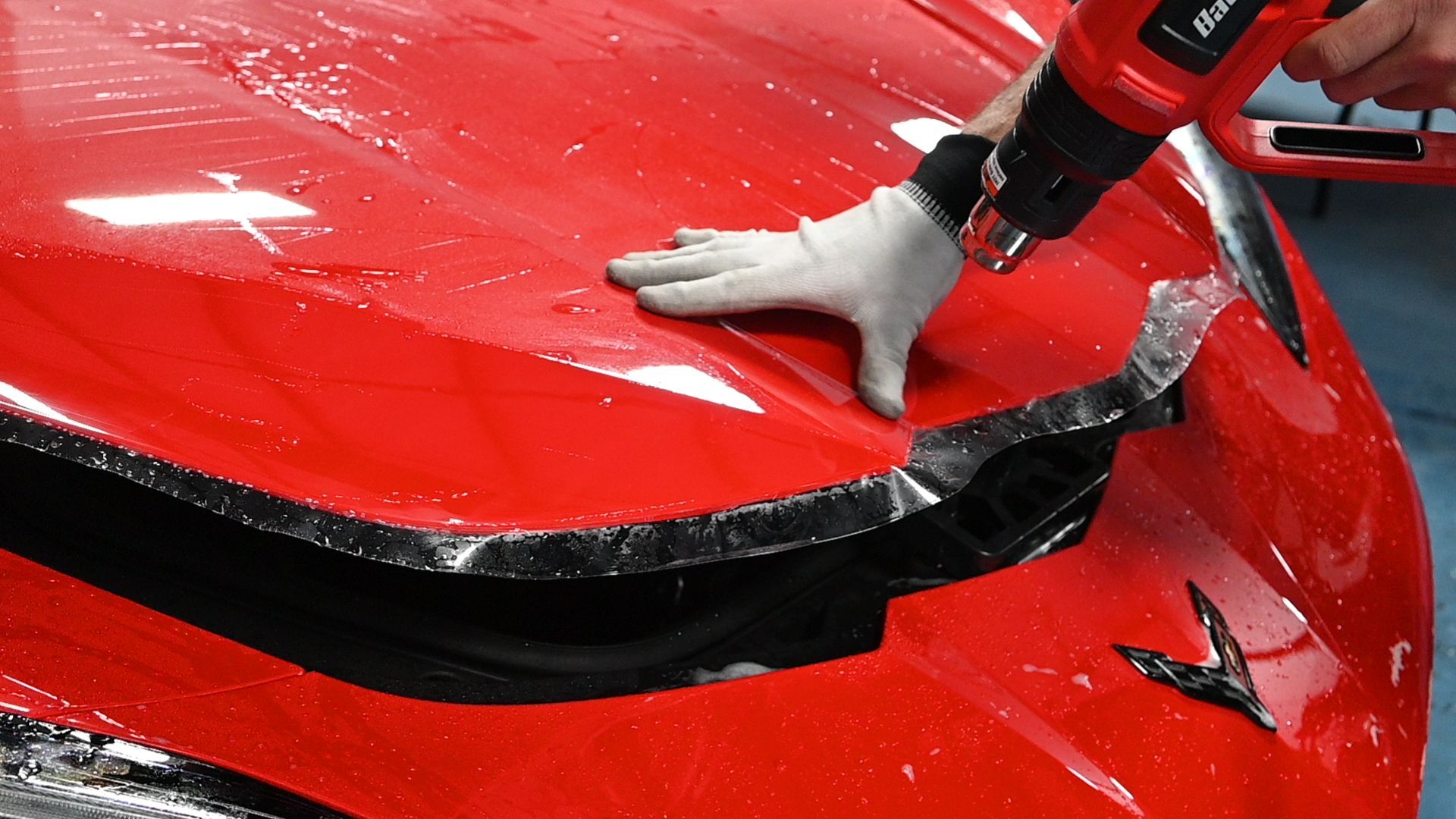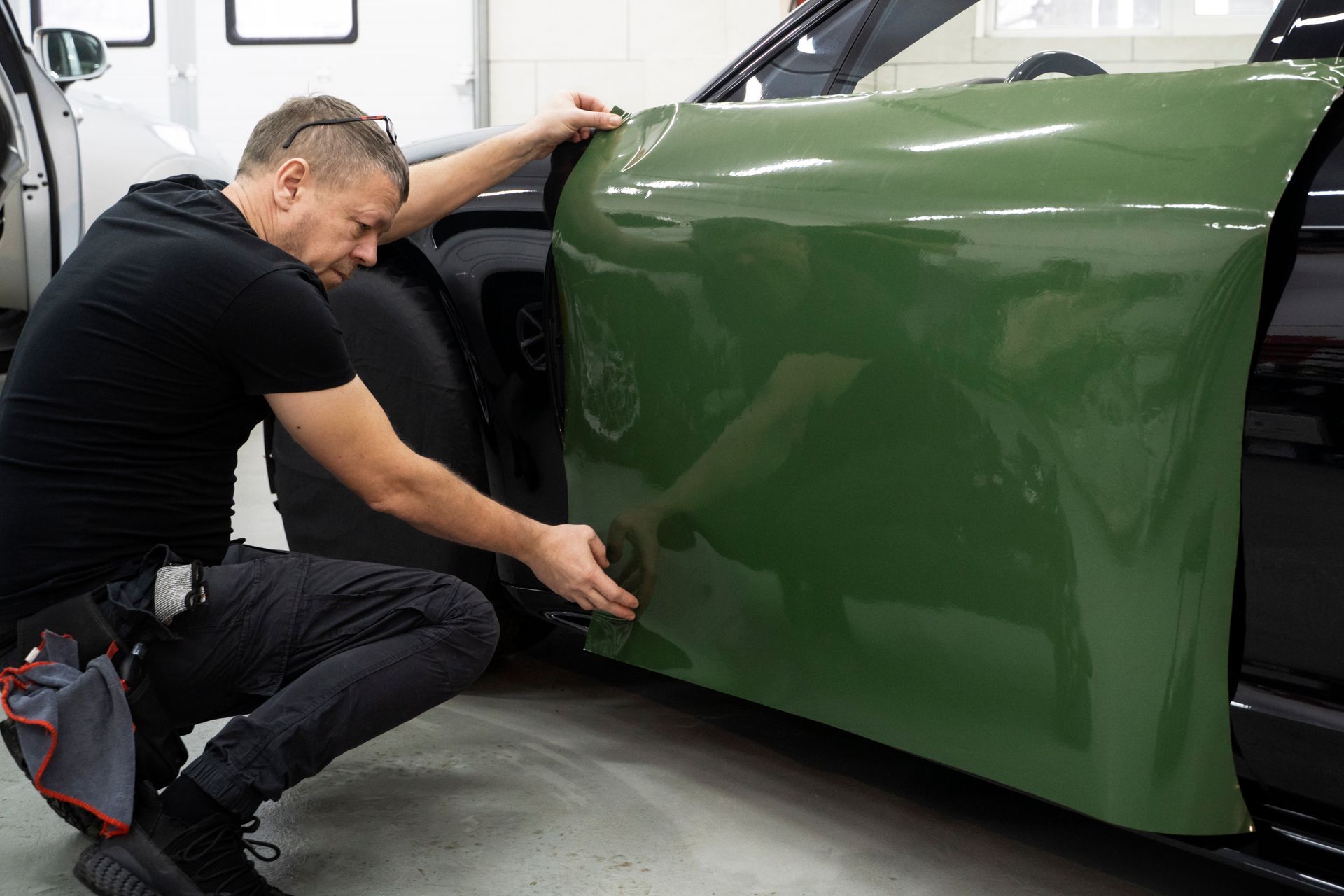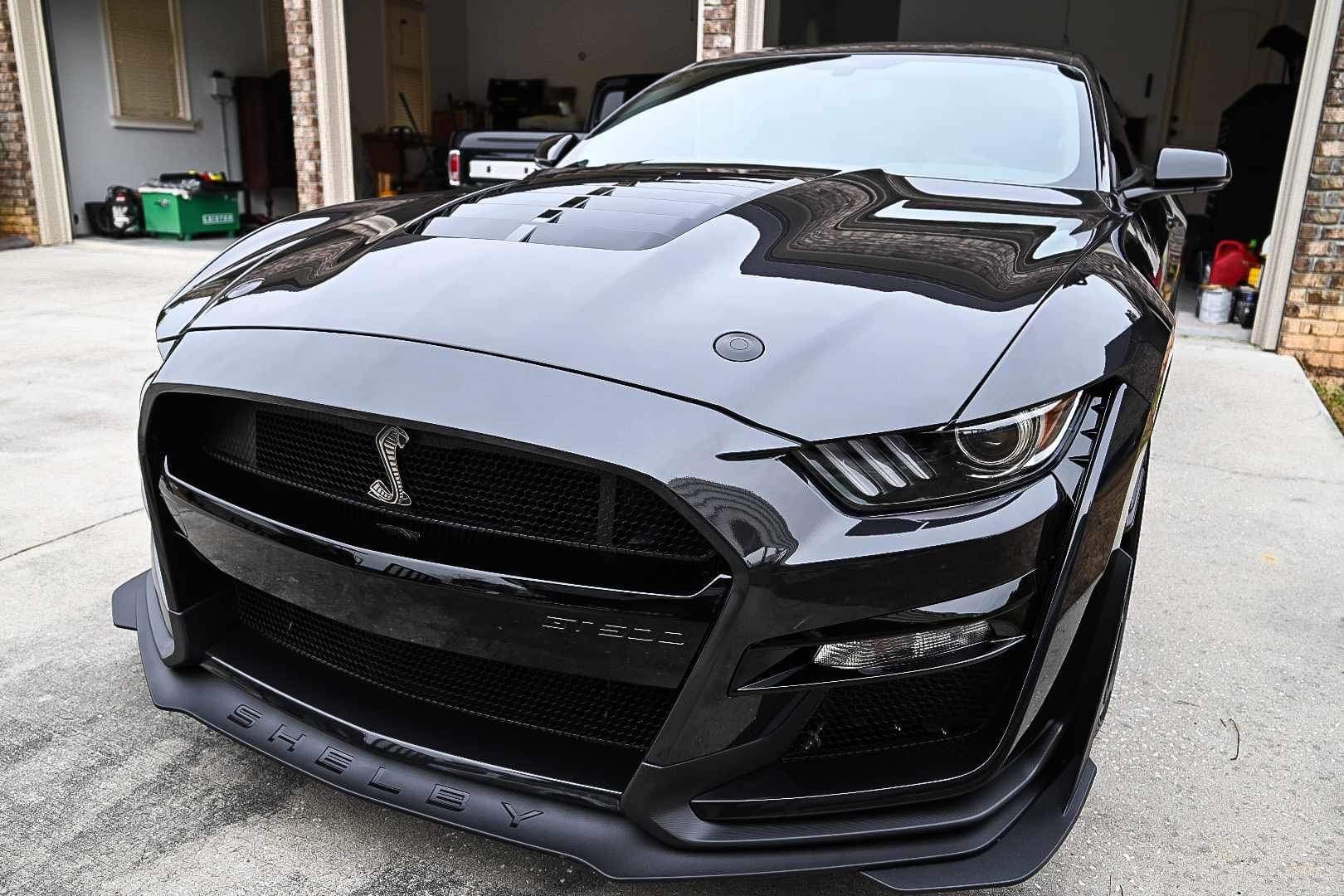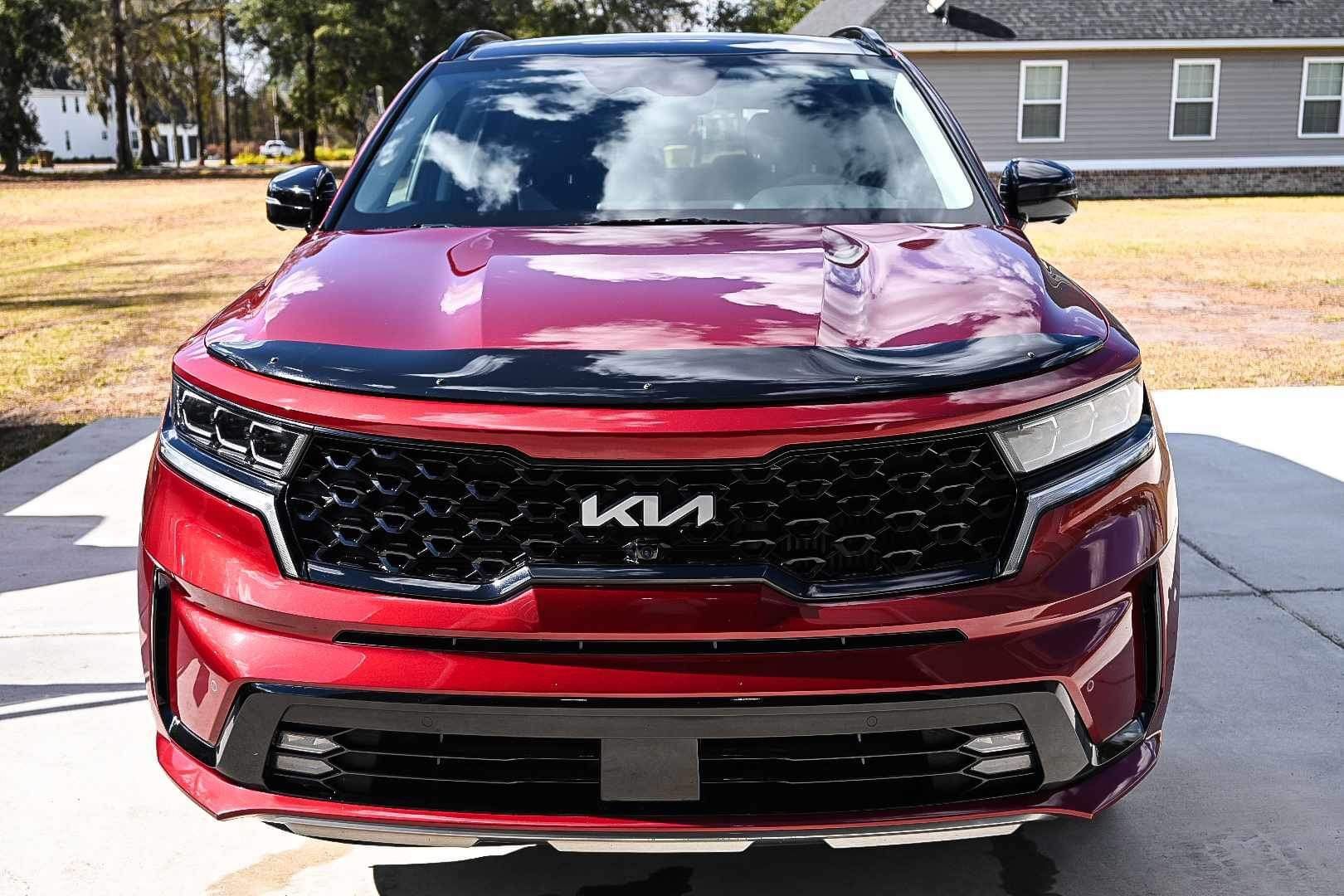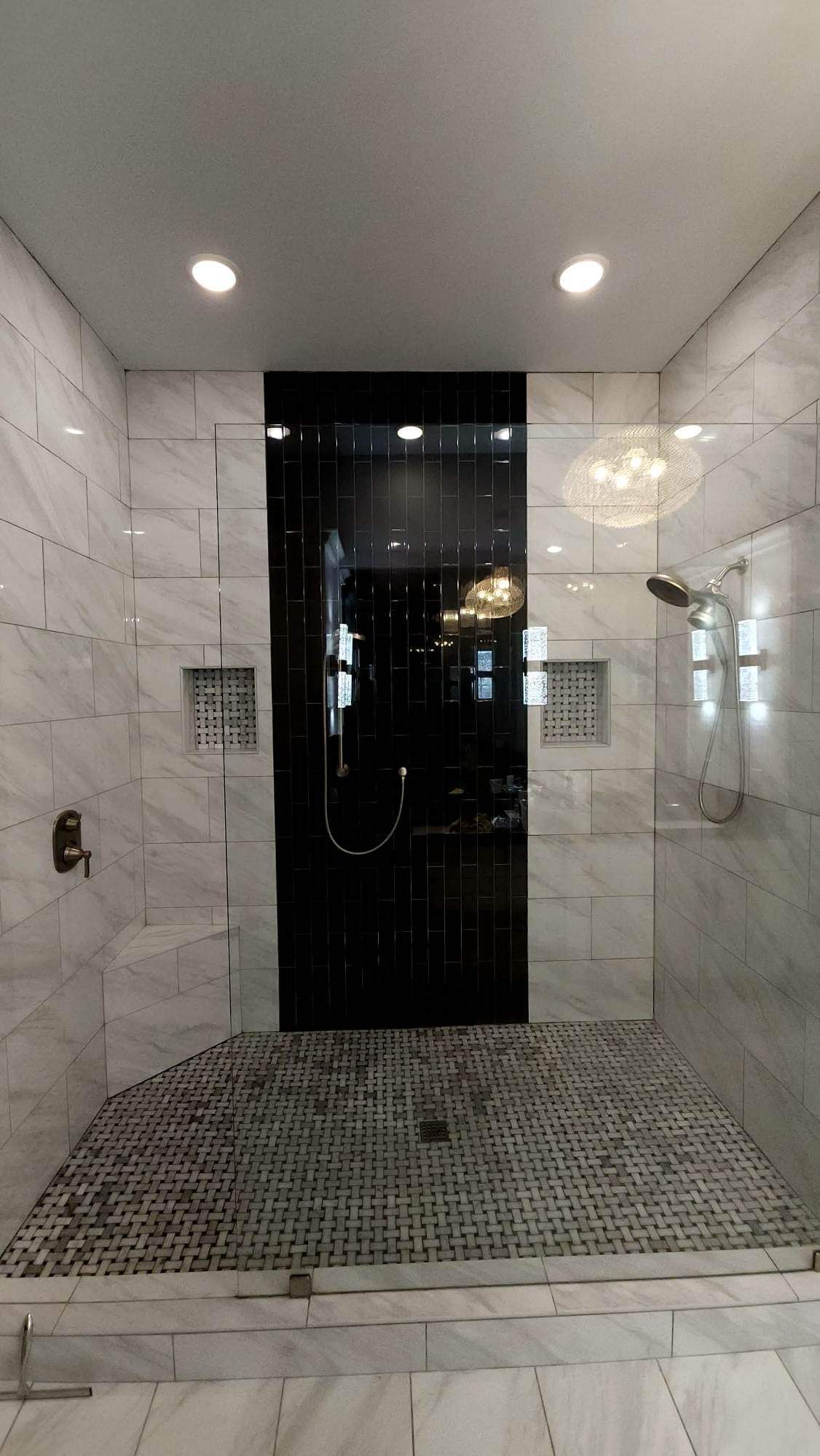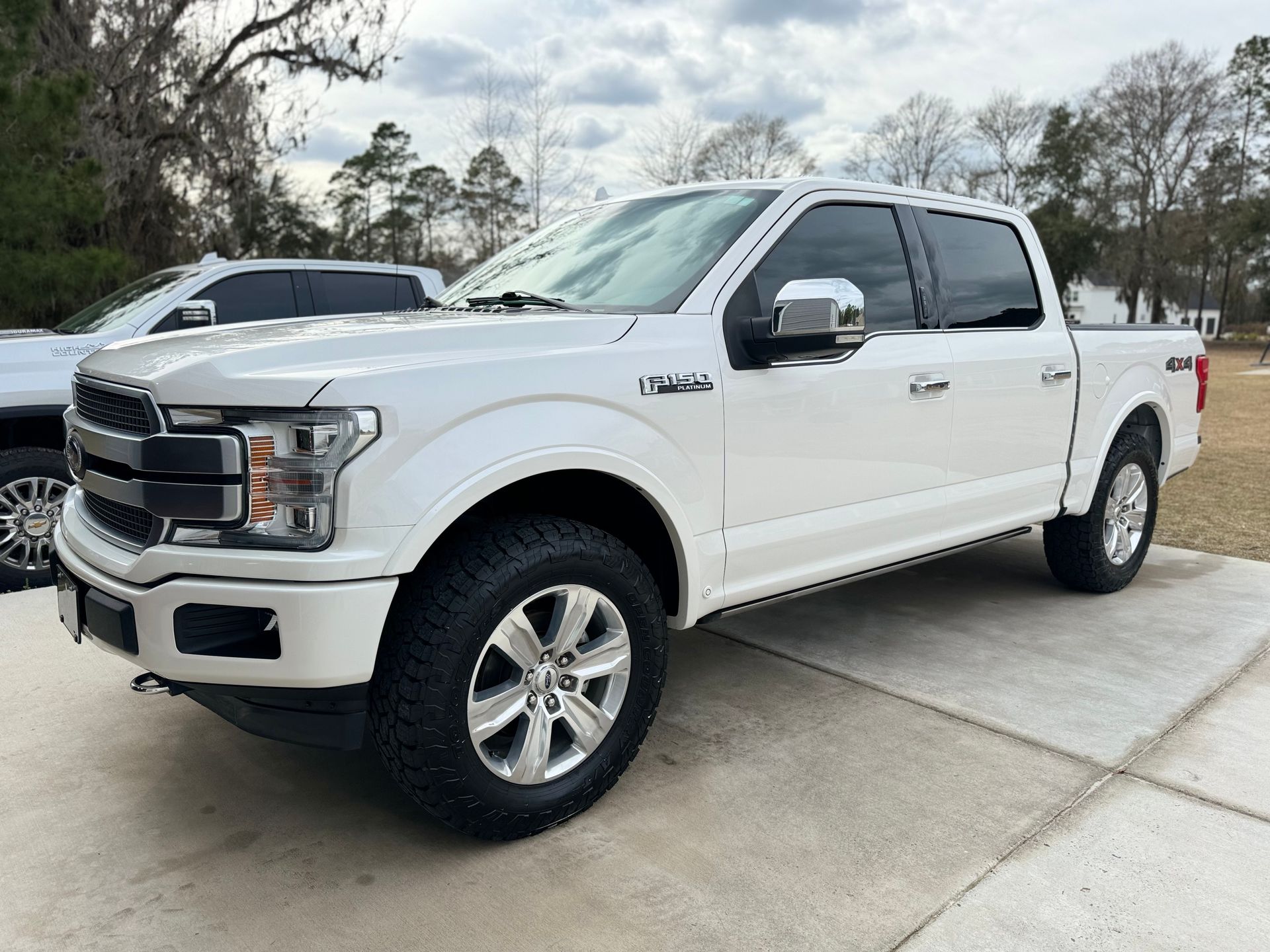Professional Ceramic Coating vs. DIY Ceramic Coating: Which is Better?
GET A FREE ESTIMATECALL (912) 656-6947
Ceramic coatings, whether DIY or professionally applied, are designed to offer your vehicle maximum protection. DIY kits have simple instructions and tools for easy use at home, while professionals leverage experience and specialized tools for meticulous application. However, the choice comes down to your personal comfort level with individual application versus investment in expertise that ensures uniformity and longevity of the coating. So, let’s discover the differences between DIY ceramic coating and professional ceramic coating!
Professional application of ceramic coating often yields better results due to the expertise and equipment used. While DIY kits can be cost-effective, the professional application ensures proper surface preparation, even coverage, and long-lasting protection for your vehicle.

DIY Ceramic Coating Process
So, you've got your hands on a DIY ceramic coating kit and are eager to add an extra layer of protection to your vehicle. These kits typically contain everything you need: a base coat, topcoat, applicator pads, microfiber towels, and instructions. With the right tools and some elbow grease, anyone can undertake this task and achieve a professional-looking finish.
The first key step is preparing your vehicle's surface. Picture it as preparing a canvas before painting a masterpiece. Thoroughly cleaning and decontaminating the surface is crucial for ensuring that no dirt or debris interferes with the ceramic coating's adhesion. A clean surface will allow the ceramic coating to bond more effectively and provide long-lasting protection.
Following prep comes the fun part – applying the ceramic coating. Most DIY kits are designed with user-friendliness in mind, making them accessible to car owners who prefer to tackle this project themselves. However, despite their ease of use, it's essential to remember that proper application technique significantly influences the durability and effectiveness of the coating.
In addition, following the instructions provided with the kit is paramount—each step plays a role in creating a durable barrier against environmental factors such as UV rays, bird droppings, water spots, and more.
As we can see, applying a DIY ceramic coating isn't as simple as just spreading the liquid onto your car's surface; it requires precision and careful execution to achieve optimal results. With an understanding of how it's done, we can explore how professional ceramic coatings compare.
Professional Ceramic Coating Process
When you opt to have your vehicle professionally coated with ceramic protection, you entrust it to specialists who are highly skilled and trained in applying these coatings. The expertise and knowledge they bring to the table can make a noticeable difference in the overall performance and appearance of your vehicle.
The process usually starts with a meticulous examination of your vehicle's paint condition to identify any existing imperfections like swirl marks, scratches, or fading. Following this, the trained technicians meticulously prepare the vehicle for coating by decontaminating the paint surface, which might involve using special clay bars or iron removers to eliminate impurities and pollutants bonded to the paint.
If there are visible flaws, such as scratches or water spots, experienced detailers will perform paint correction to restore the paint's clarity and enhance its overall condition. This may include polishing and buffing the surface to smooth out imperfections before applying the ceramic coating, ensuring an impeccable final finish.
Now, all these steps may sound like a lot of work compared to simply applying a DIY product, and that's true. The reason is simple - professionals use much stronger products that require careful handling. Besides, extensive training goes into achieving a perfectly applied ceramic coating.
Following this is the application process itself. This is where specialized tools come in. The ceramic coatings used by expert technicians typically offer higher durability and longevity compared to some DIY options due to their advanced formulations, which require precision during application. Moreover, professional-grade coatings tend to provide enhanced protection against elements and environmental factors, sustaining your vehicle's pristine appearance over time.
Understanding the level of skill and care involved in a professional-grade ceramic coating application illuminates the benefits of possessing in-depth knowledge of the process. With this understanding, we can now navigate the complexities associated with applying ceramic coatings effectively without compromising on quality.
Navigating the Application Process
When it comes to ceramic coating a vehicle, whether you choose to roll up your sleeves and go the do-it-yourself (DIY) route or enlist a professional, understanding the application process is crucial. Let's dissect the steps involved in both DIY and professional ceramic coating applications and explore what differentiates one from the other.
Preparation: Fundamental First Steps
Before even thinking of applying the coating, surface preparation is crucial. Whether it's your treasured car or a customer's vehicle, ensuring that it's in its best possible condition is non-negotiable. For a DIY approach, this mainly involves thorough washing and decontamination. More intensive tasks, such as paint correction, are available for those seeking to elevate their DIY game.
On the other hand, in a professional setting, comprehensive surface preparation is performed to perfection. This typically includes extensive cleaning, top-level decontamination, and precise paint correction by experienced technicians aiming for nothing less than a pristine surface.
Application Techniques: A Careful Art
The application of ceramic coating requires precision and care. In DIY applications, enthusiasts can apply the coating themselves; the attention to detail might not be as meticulous as offered in professional settings. Trained technicians utilize specialized techniques and tools that ensure an even and consistent coating. Professional-grade equipment elevates the level of sophistication in achieving an optimal finish that lasts.
Curing and Inspection: The Final Touch
After applying the ceramic coating, curing times and inspection play a defining role in ensuring a flawless finish. In DIY setups, you would typically follow recommended curing times before buffing and inspecting the coating on your own. Professionals utilize advanced expertise to cure the coating effectively and conclude with detailed inspections using specialized tools to guarantee uniform coverage and reveal a high-quality shine.
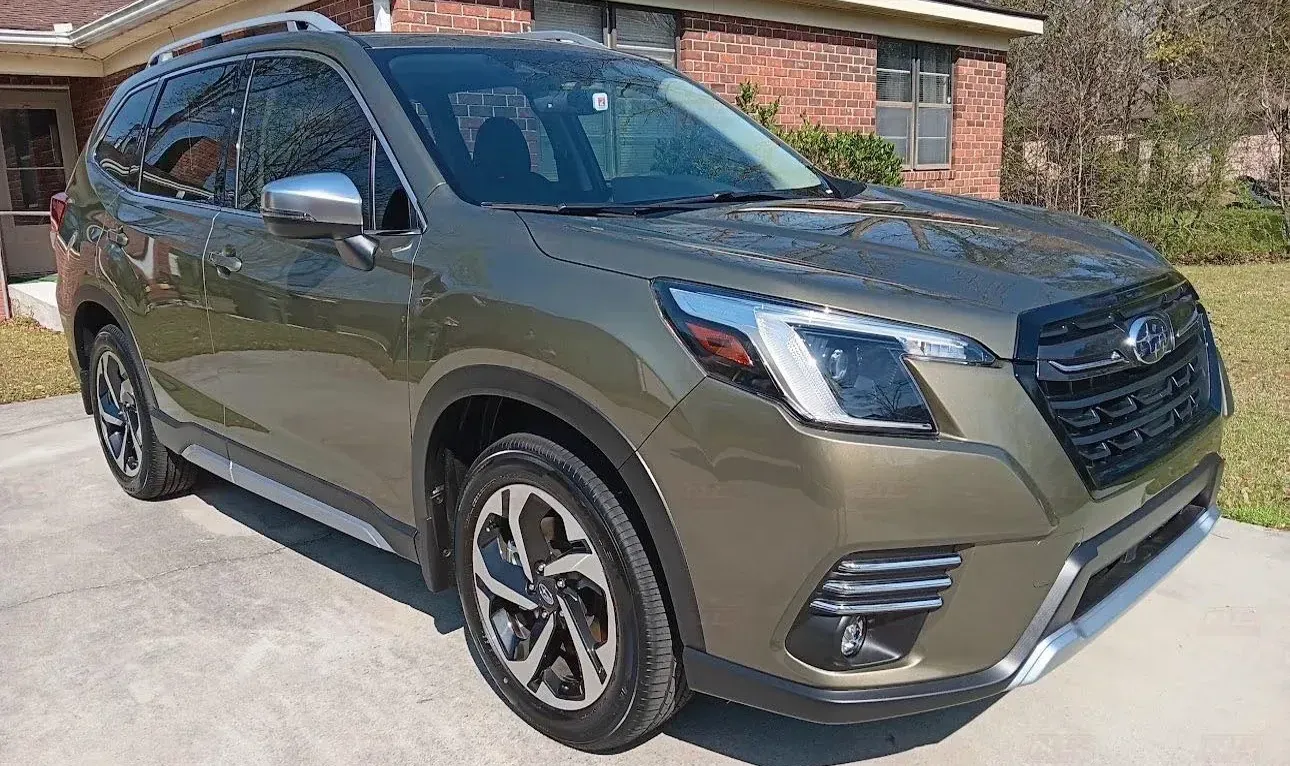
A Cost Analysis: DIY vs Professional
When choosing between a DIY ceramic coating and a professional application, costs play a significant role. Initially, a DIY kit may seem more appealing due to its lower initial investment. The allure of saving money upfront is certainly understandable.
However, it's crucial to consider the long-term costs and benefits. Professional services come with a higher price tag, primarily due to the expertise, quality materials, and tools they offer. While this cost might deter some initially, it's important to weigh the fact that professional ceramic coatings often last longer and perform better, potentially leading to cost-effectiveness in the long run.
Let's break down these costs further. A DIY ceramic coating kit typically ranges from $50 to $150, depending on the brand and materials included. On the other hand, professional ceramic coating services usually begin at around $500 and can reach up to $2,000 or more depending on factors such as vehicle size, type of coating used, and additional services provided.
Now, considering these figures, the initial expense of a professional ceramic coating may seem intimidating. Yet, when factoring in their durability and longevity, it's essential to take a look into how these costs measure up against each other in the long run to make an informed decision. The following provides an analysis of the long-term financial implications of both choices.
Upon making an informed financial comparison between DIY and professional ceramic coatings, it's crucial now to turn our attention to evaluating longevity—examining how shine, protection, and results differ between the two options.
Evaluating Longevity: Shine, Protection, and Results
Ceramic coatings are a significant investment, as they are meant to provide long-lasting protection and enhance the appearance of your vehicle. However, the degree of effectiveness in achieving these goals can vary significantly between DIY and professional treatments.
With DIY ceramic coatings, the durability of the final finish relies on individual skill in carefully applying and curing the product. Success mainly depends on meticulous cleaning procedures, proper surface preparation, and precise application techniques. When conducted correctly, DIY treatments can deliver an acceptable level of shine and basic protection against UV rays, light chemicals, and environmental contaminants.
It's essential to note that while application guides often accompany DIY kits, the practical experience remains invaluable in creating a durable and consistent layer of ceramic coating. Individuals with a steady hand and prior detailing experience might achieve better results compared to beginners.
Conversely, when opting for professional-grade ceramic coatings, such as those applied by experienced technicians using superior-quality formulations, you're met with an elevated level of assurance of precise application, well-prepared surfaces, and effective bonding for an enduring finish. This skilled approach is conducive to producing a more durable coating with enhanced gloss retention and superior resistance to external factors like bird droppings, insect splatter, water spots, dirt, and other pollutants.
This means that while both types offer protection from UV rays—the primary cause of paintwork oxidation—professional-grade coatings usually outperform DIY options when it comes to withstanding a broader spectrum of adverse environmental elements over an extended period, making them a preferred choice for many car owners looking for lasting results.
Professional-grade coatings offer multiple layers of protection:
- Physical (resistance to marring)
- Chemical (resistance to acidic substances)
- Thermal (protection from heat)
- UV protection (shielding from ultraviolet rays)
As a result, the entire process holds considerable weight when considering which option would serve your vehicle better over time. While both DIY kits and professional coatings have their merits, it's important to understand that the product's effectiveness is only one piece of the puzzle—a proficient technique is equally as crucial to realizing the fullest potential of ceramic coatings.
DIY or Professional Ceramic Coating: Which Is Better?
At Northern Lights Auto Detailing, our clients understand the nuances involved in their choice between DIY kits and professional applications in relation to ceramic coatings, which ultimately depends on several key factors. While DIY kits offer affordability and an empowering sense of achievement, professional applications offer higher levels of expertise and precision compared to their counterparts.
For expert advice about choosing the right ceramic coating for your vehicle or to explore our professional services, get in touch with us at Northern Lights Auto Detailing. We're here to help!

